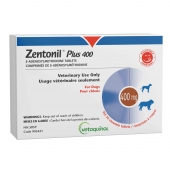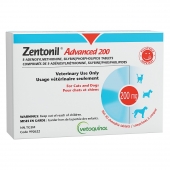Some pets’ lives end peacefully in their sleep, or abruptly after an unfortunate event. Yet others suffer from an ongoing injury or illness that can never be fully treated, greatly diminishing their quality of life. This raises a difficult question: is it more humane to cherish the time your companion has left, or to spare them from suffering? Only you can know if euthanasia is the right thing to do, and when. The insight below will help you come to a decision.
The Quality of Life Scale
There’s no “right” time or age for euthanasia. Rather, this decision should be made based on your pet’s health and quality of life. In her book Canine and Feline Geriatric Oncology: Honoring the Human-Animal Bond, veterinary oncologist and author Dr. Alice Villalobos introduces the Quality of Life Scale. It involves observing your pet based on seven factors and assigning a score between 1 and 10 for each.
- Hurt: Is your pet showing signs of pain? Can it be managed through a treatment you can afford and are willing to commit to?
- Hunger: Can your pet eat normally? Do they need you to feed them? Do they defecate normally?
- Hydration: Is your pet drinking? Are they urinating normally?
- Hygiene: Is your cat grooming themselves according to their habit? Is your dog’s coat still shiny and healthy?
- Happiness: Does your pet still enjoy your company and that of other family members? Are they showing interest in their favourite toys and activities, such as going for a walk?
- Mobility: Is your pet able to walk on their own? Do they experience difficulty standing up or keeping their balance?
- More good days than bad days: At the end of each day mark the calendar with a smiling face for “good days” and a sad face for “bad days.” Do the bad ones outweigh the good?
A score above 35 is usually considered to be an acceptable quality of life, but this scale doesn’t provide a definitive answer. It’s rather meant as a tool to help you come to a decision. You may consider euthanasia for your pet when a single factor becomes unmanageable (e.g. severe pain that can’t be treated), even if the others remain positive.
Talk to your veterinarian
If you’re concerned about your pet’s quality of life, have a discussion with your veterinarian about euthanasia. Share your observations with them and ask for advice. While they can’t make the decision for you, they can provide valuable guidance through their insight and experience.
Pet euthanasia options
The last thing you likely want to think about when dealing with the end of your pet’s life is money, but euthanasia comes with a price. The exact cost varies depending on your location, the size of your pet and the extent of services provided: ask your veterinary clinic for more information. If budget is an issue, your local animal shelter or SPCA may provide affordable end-of-life services.






